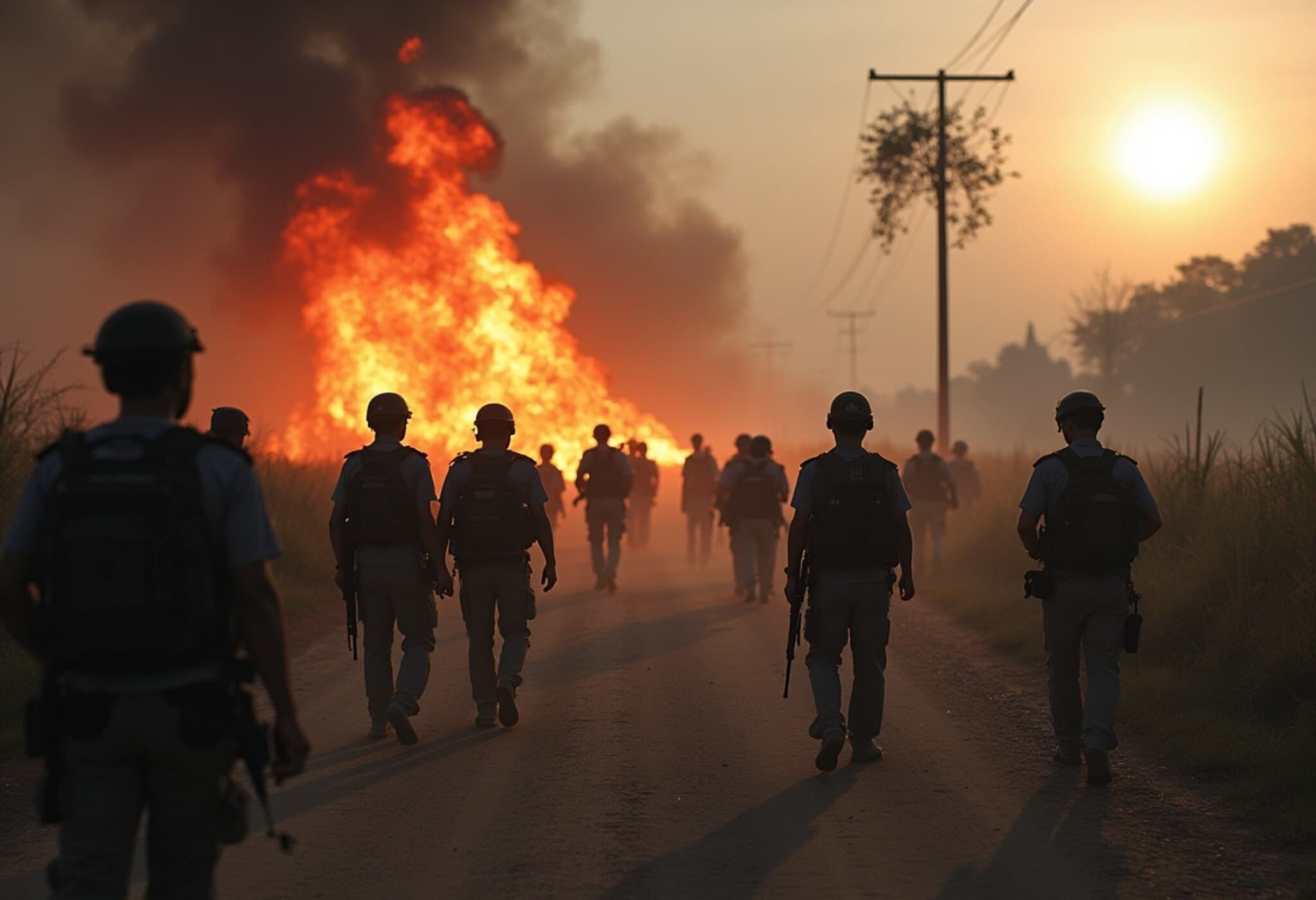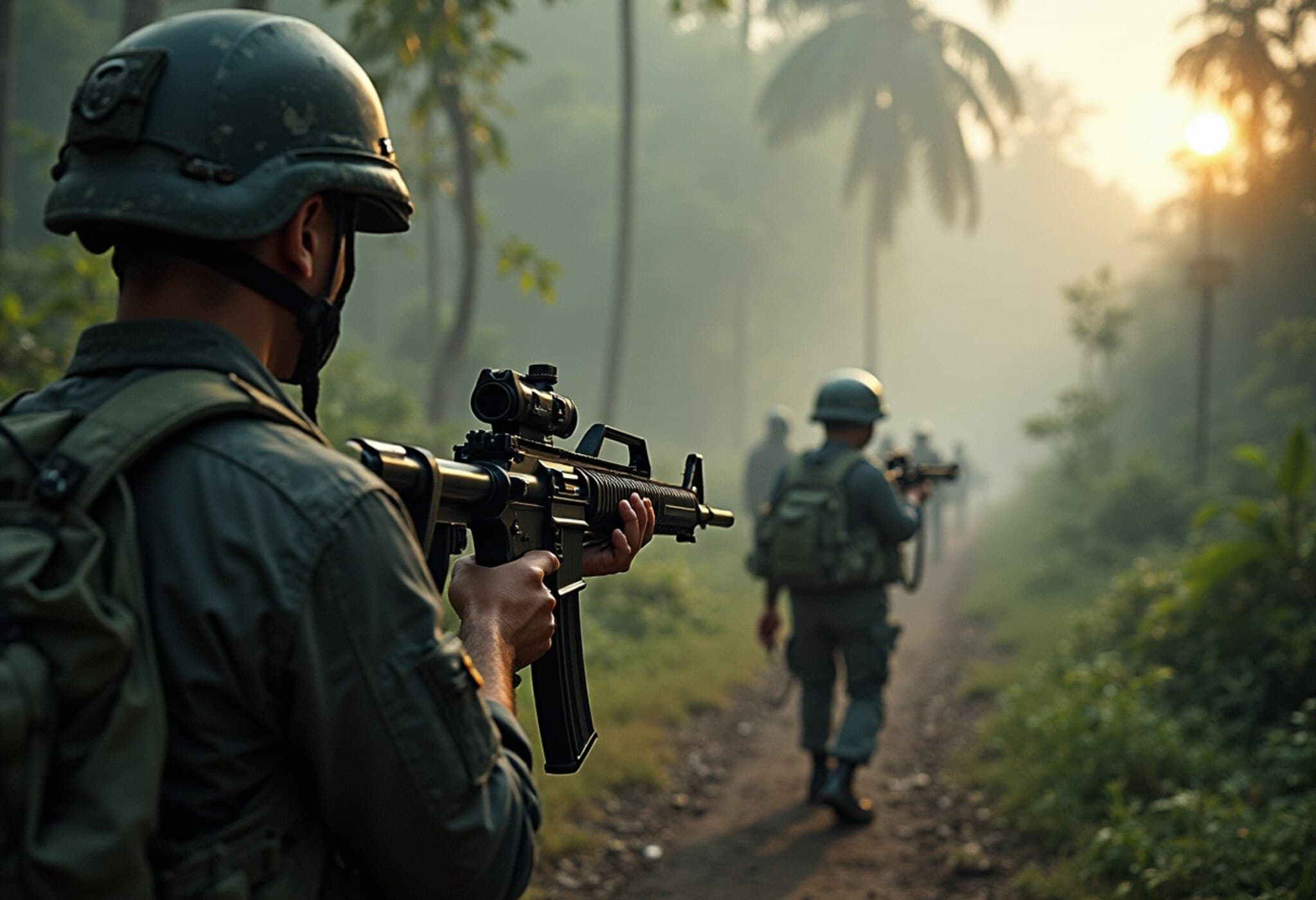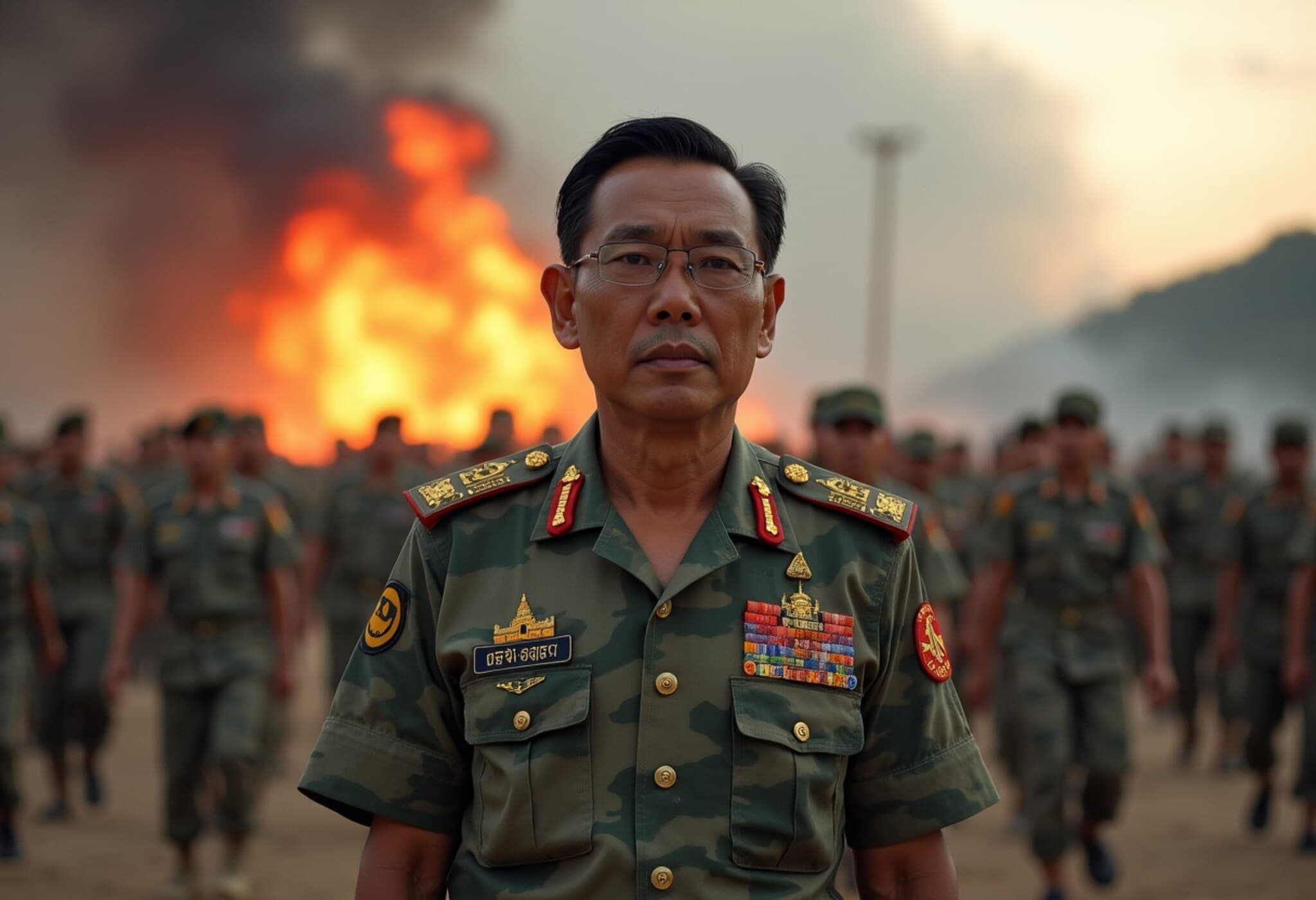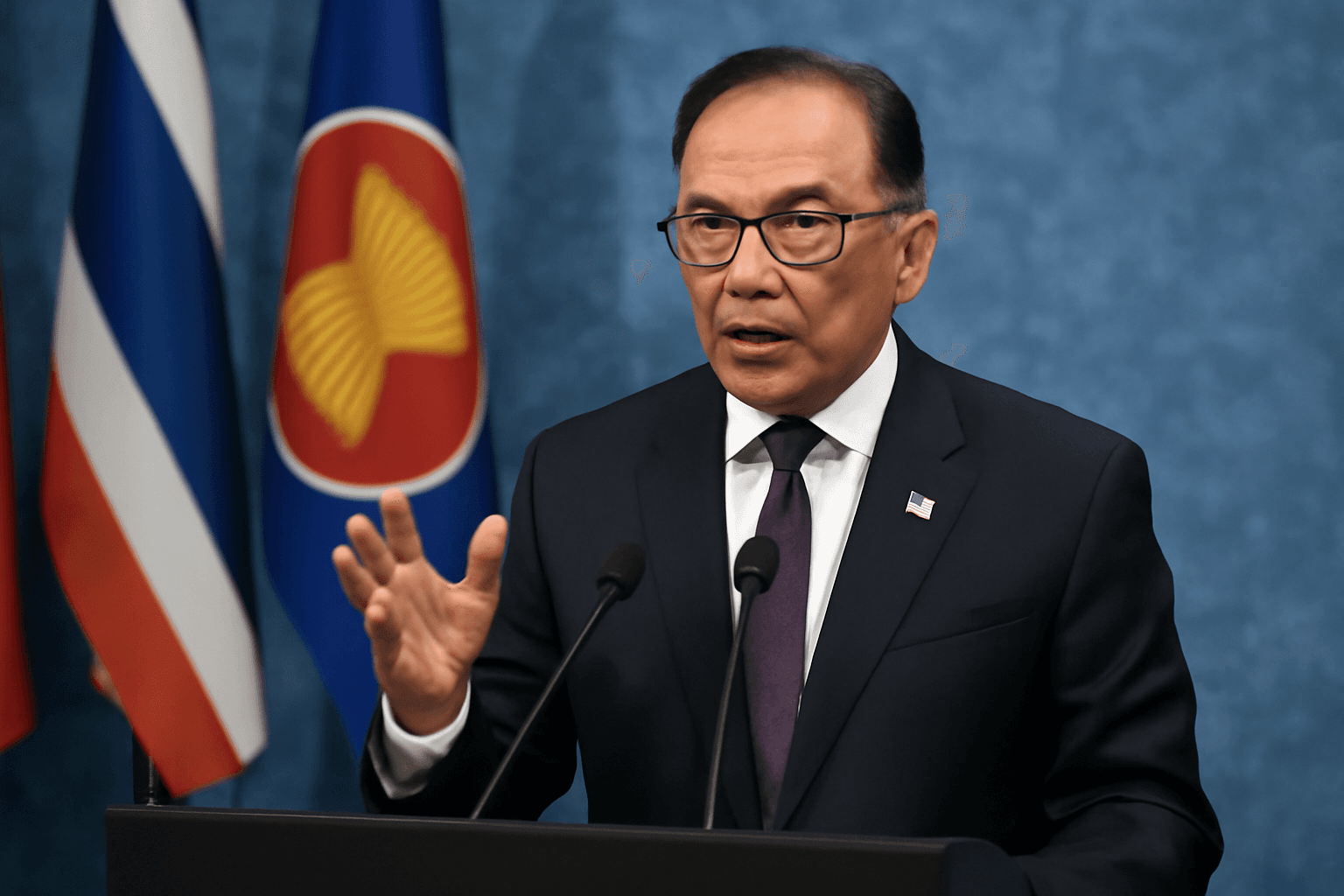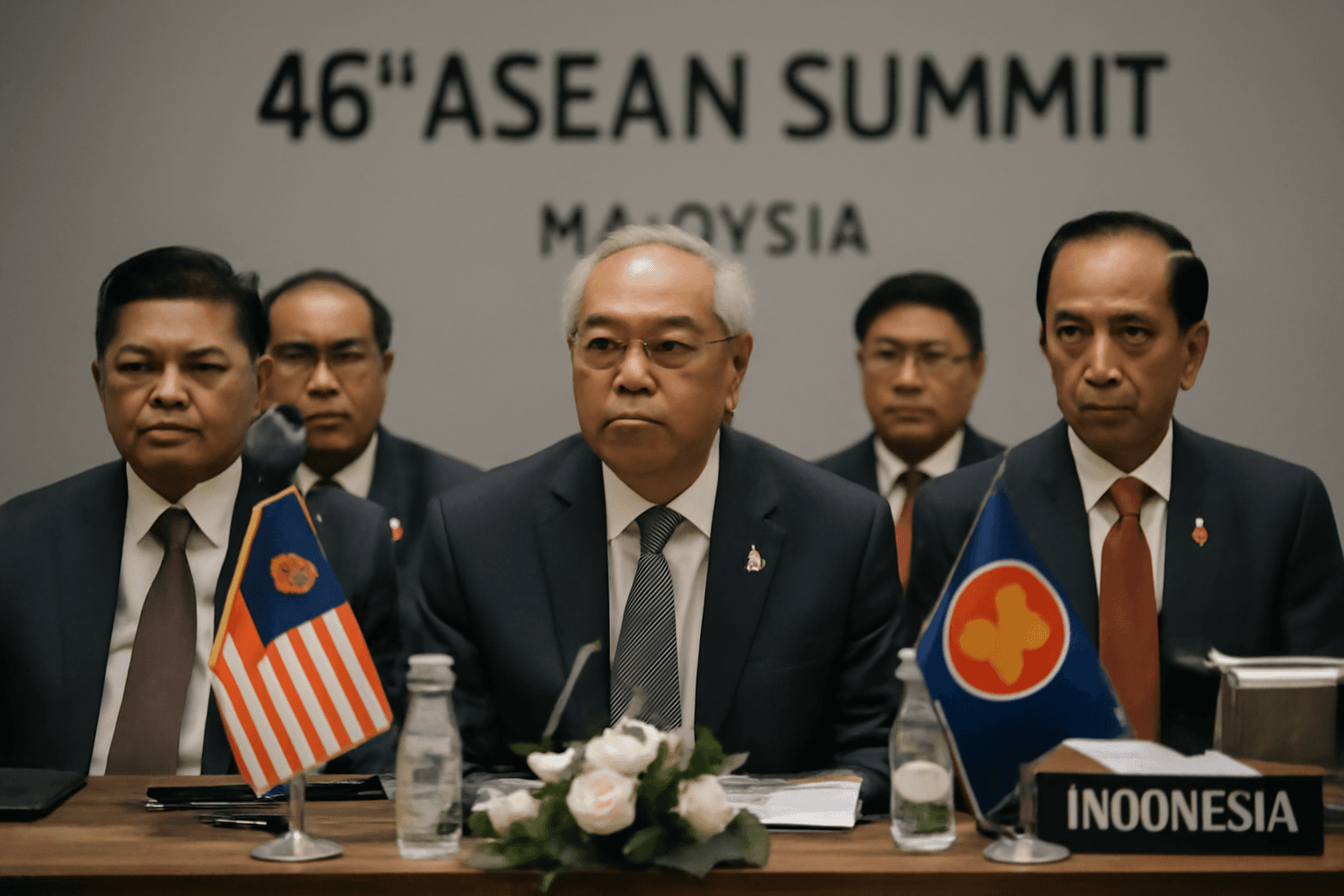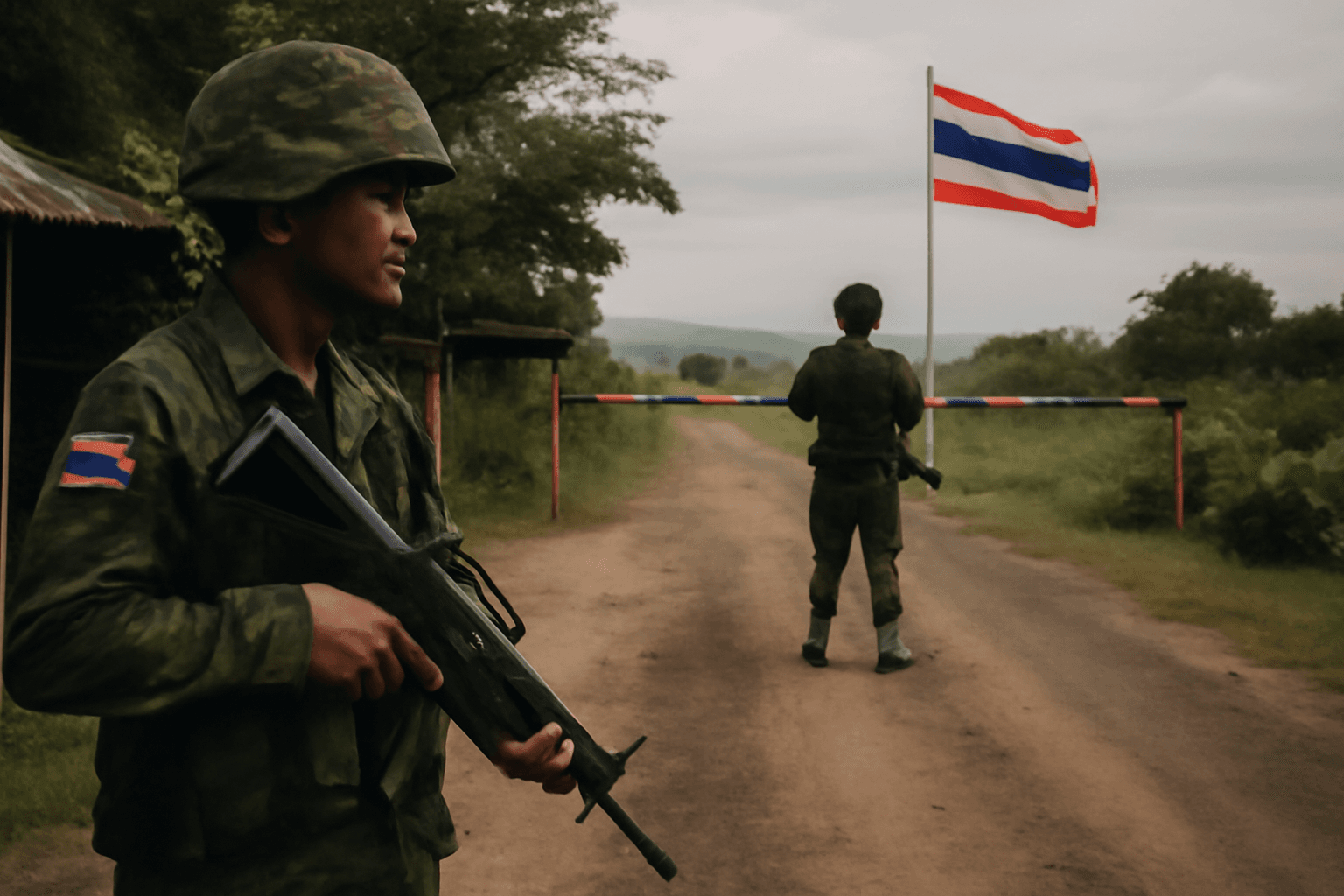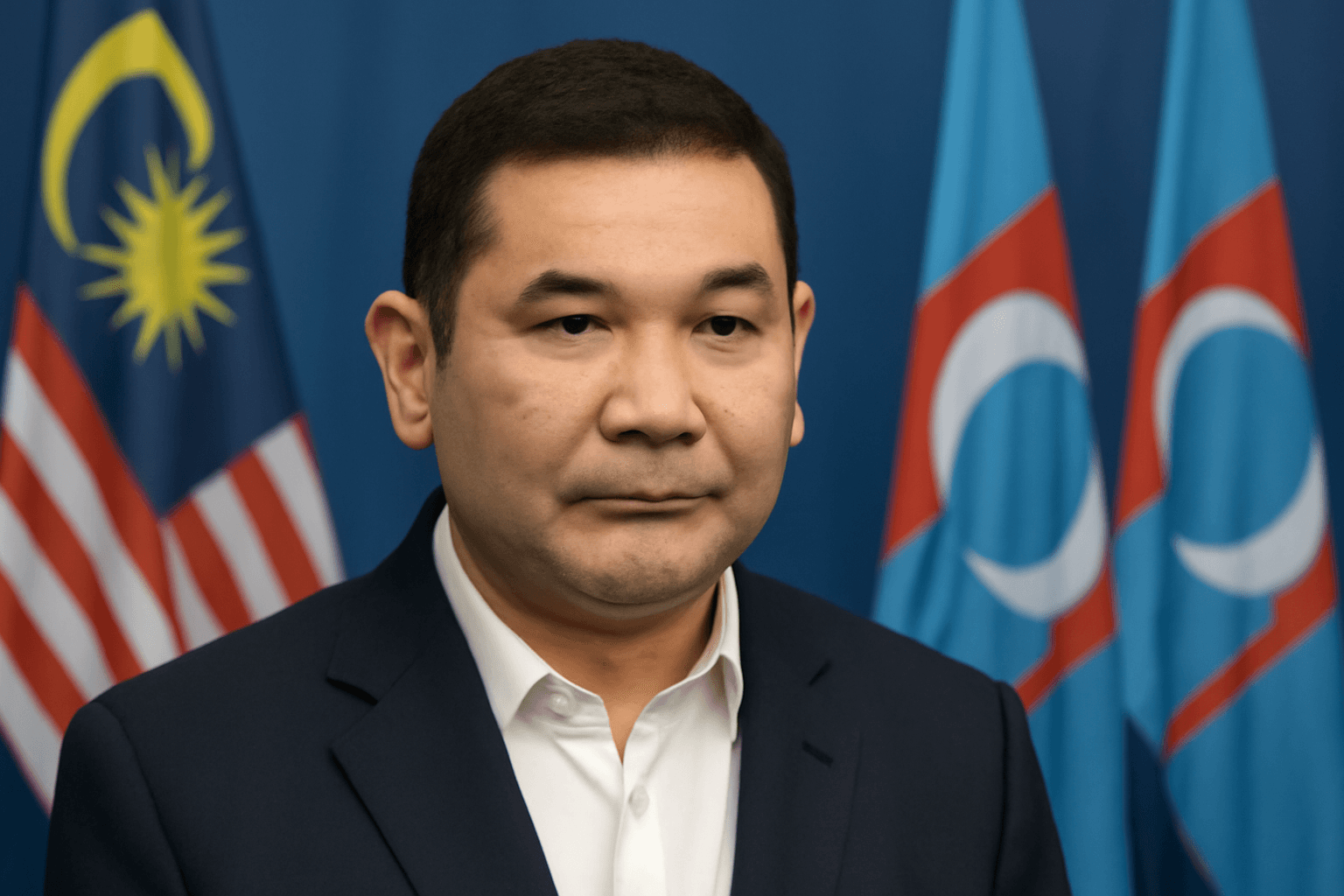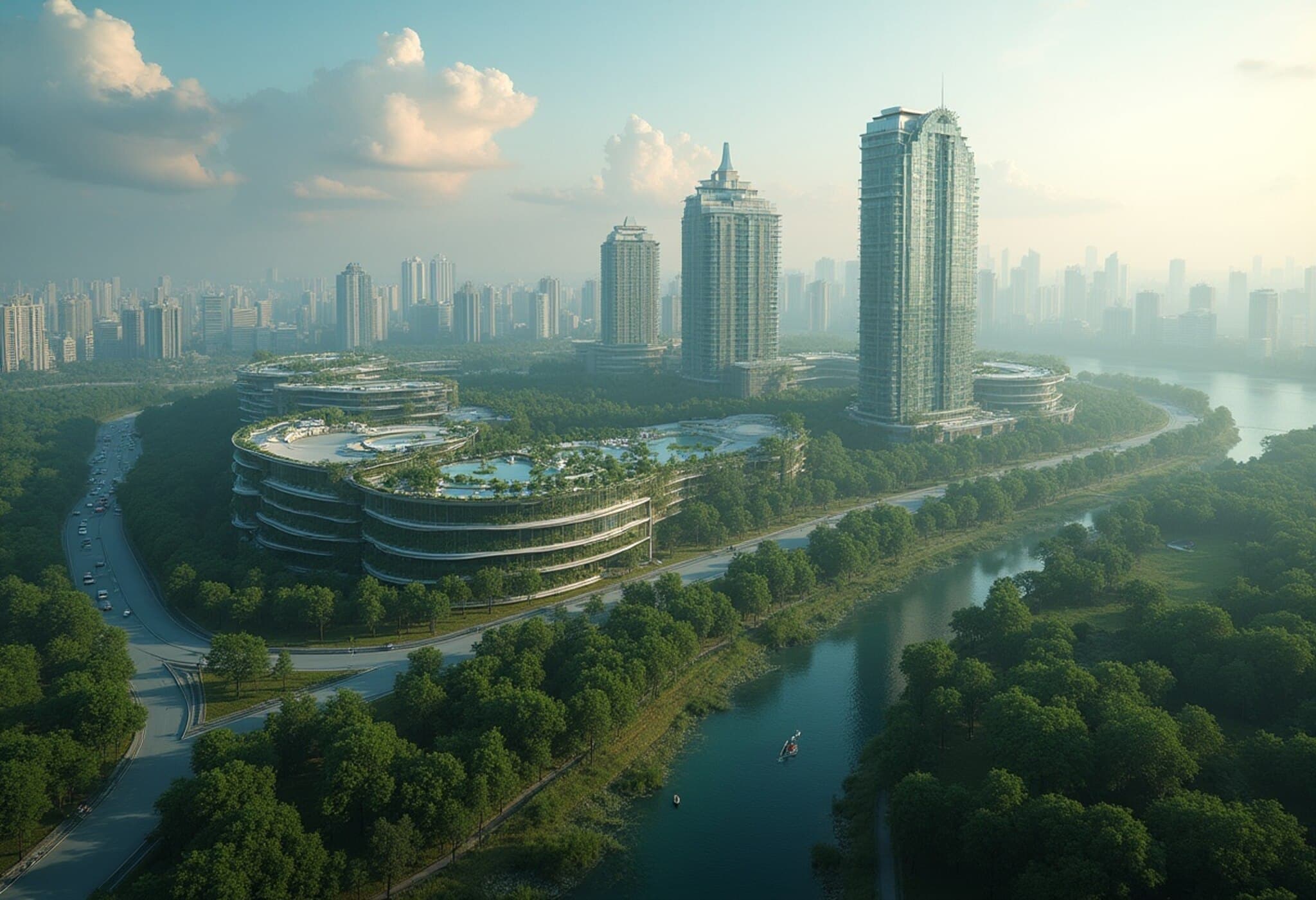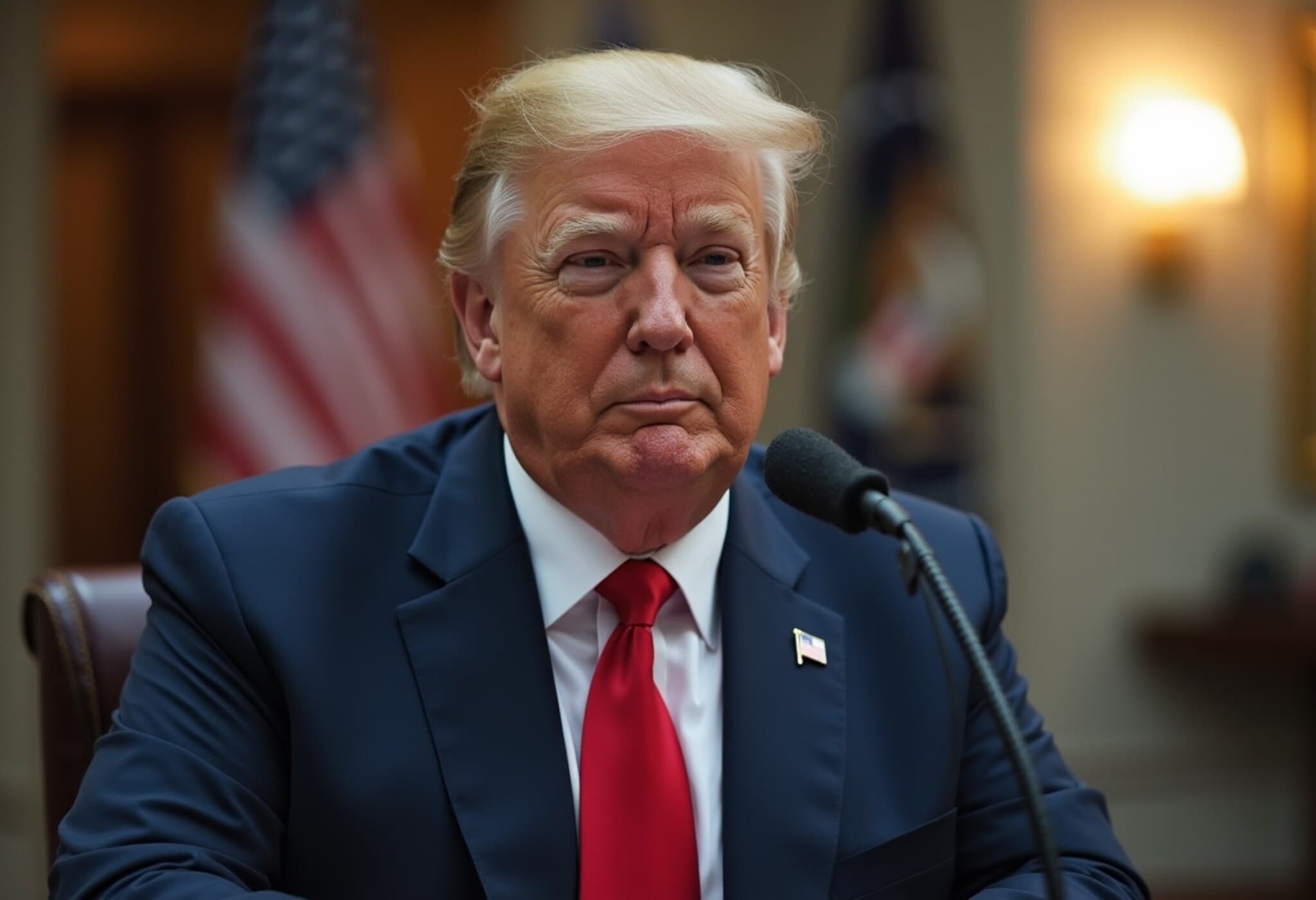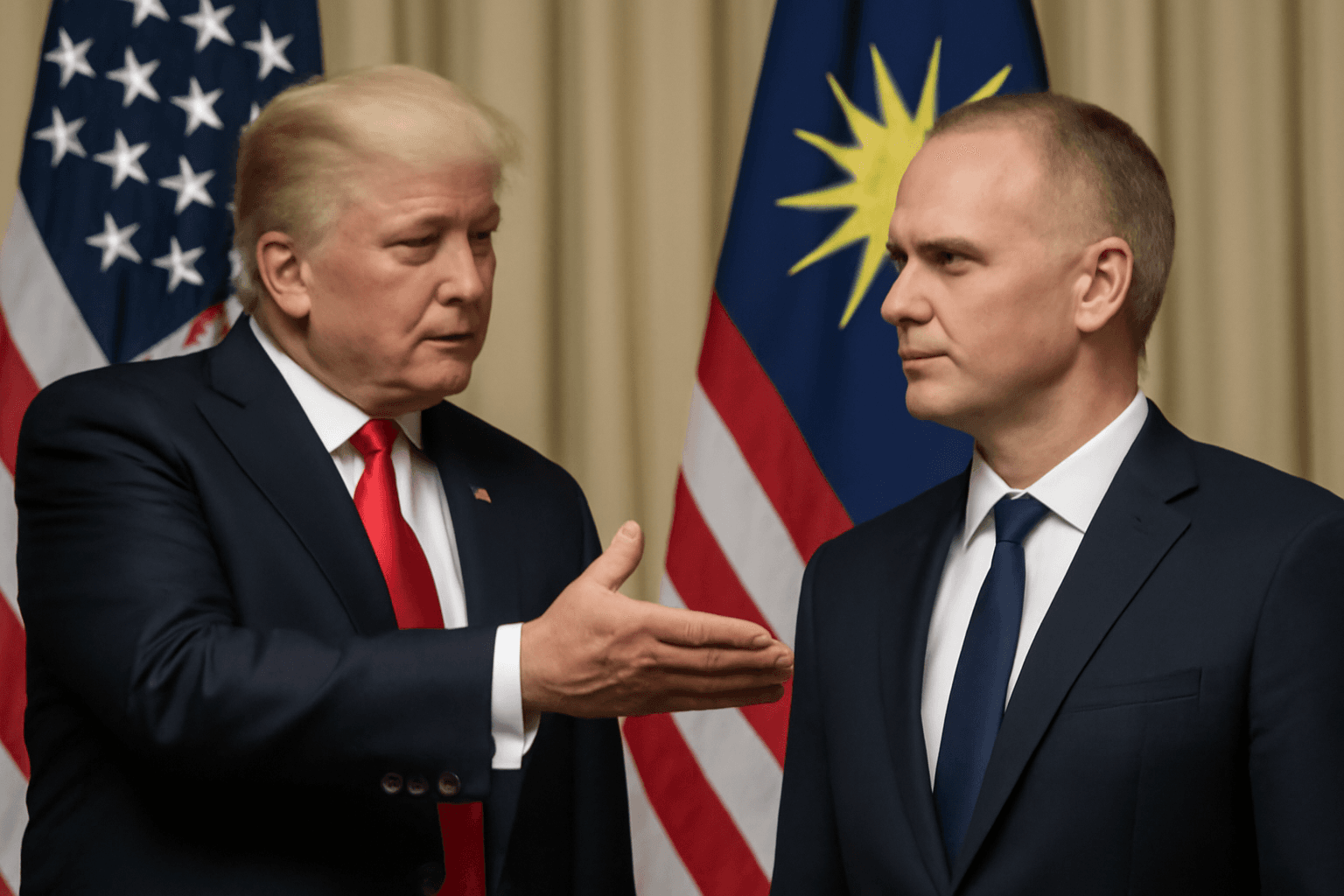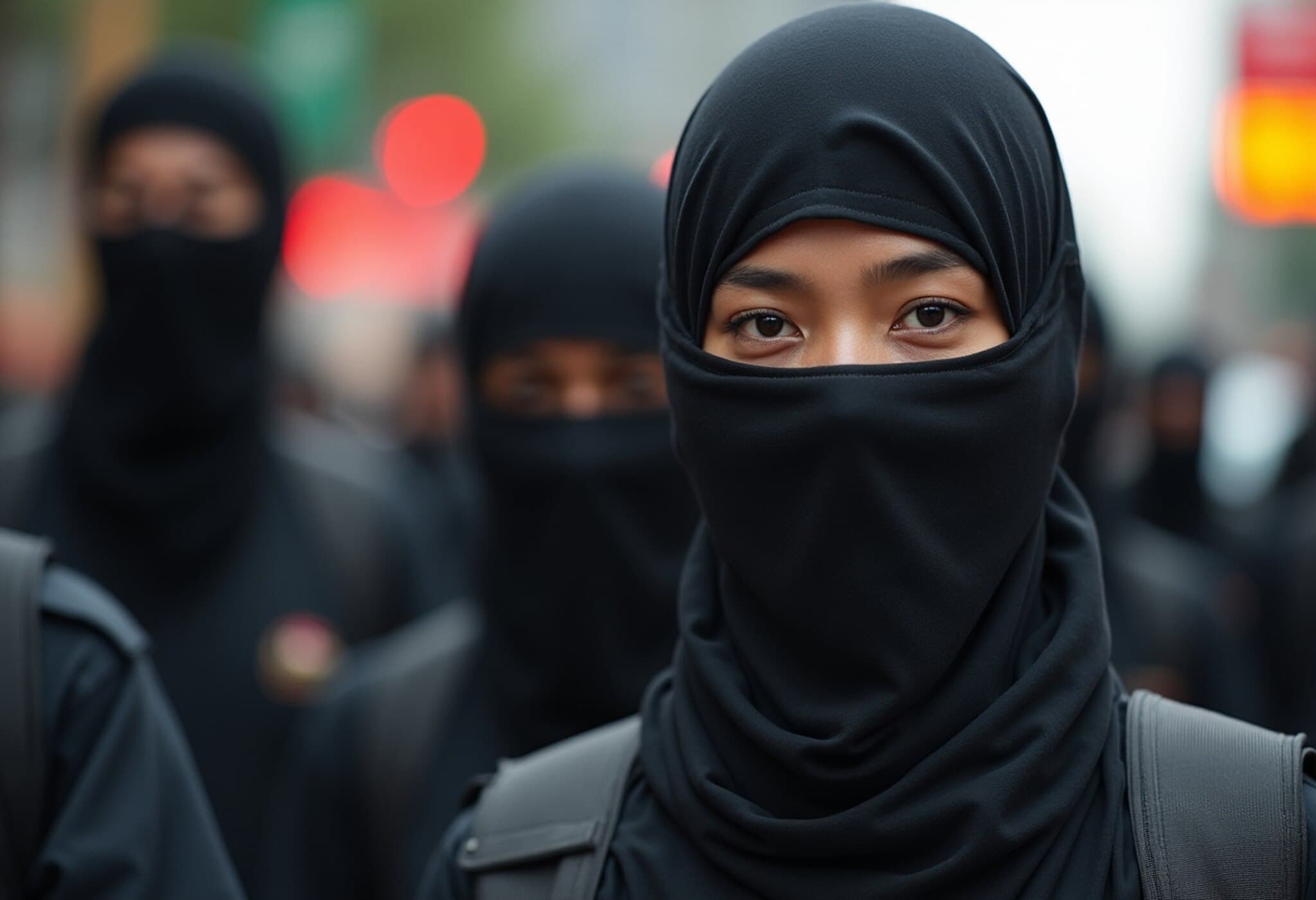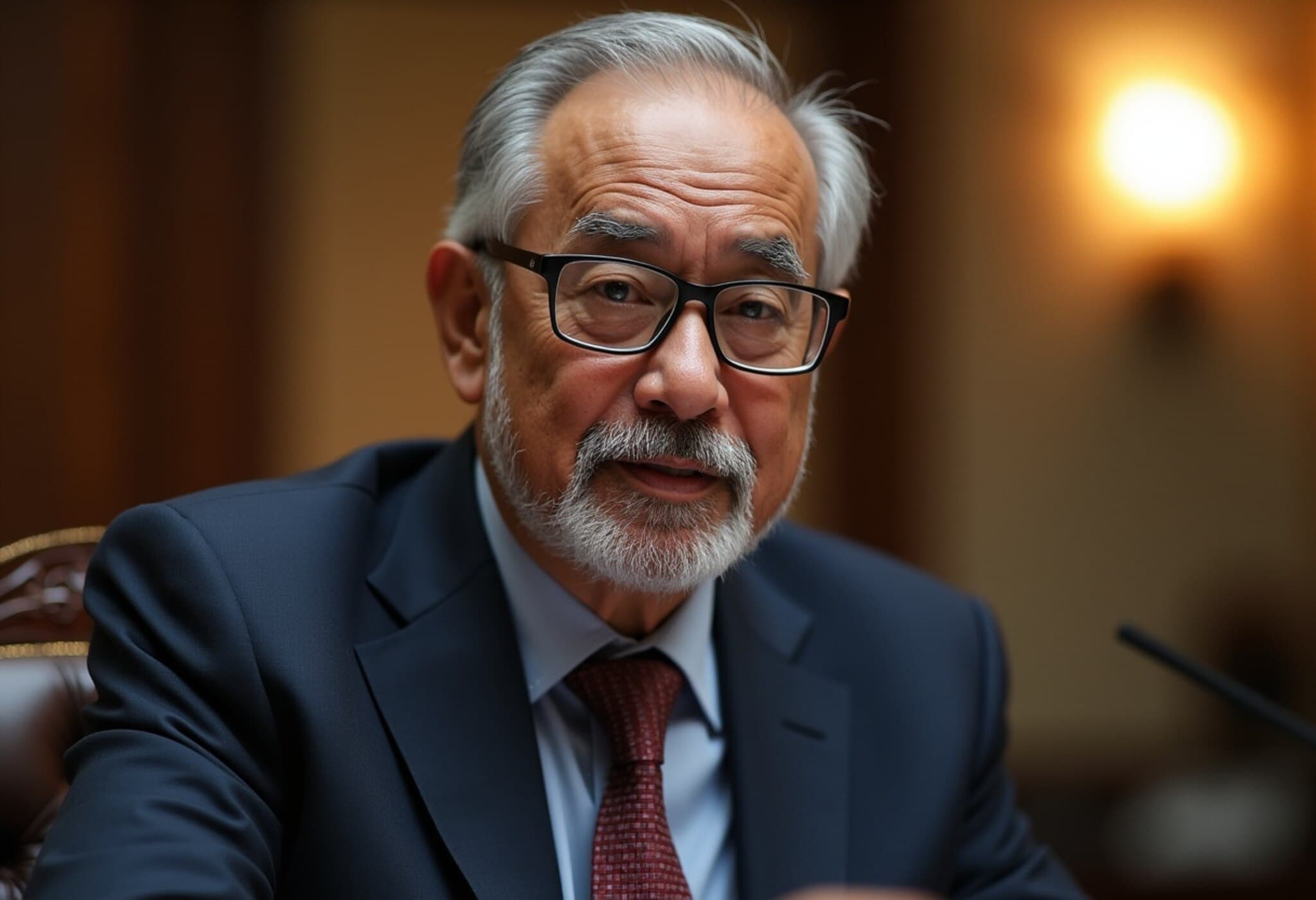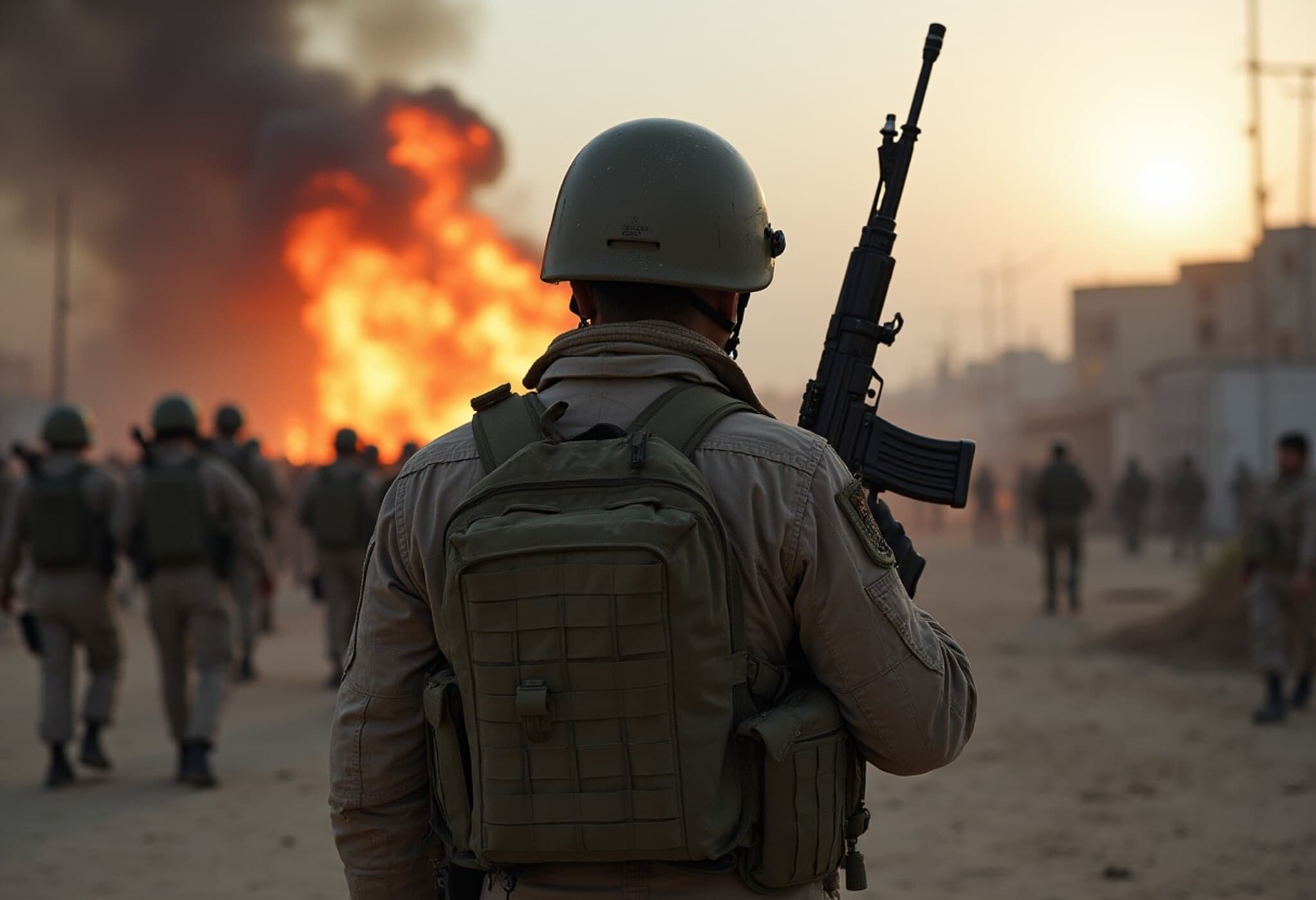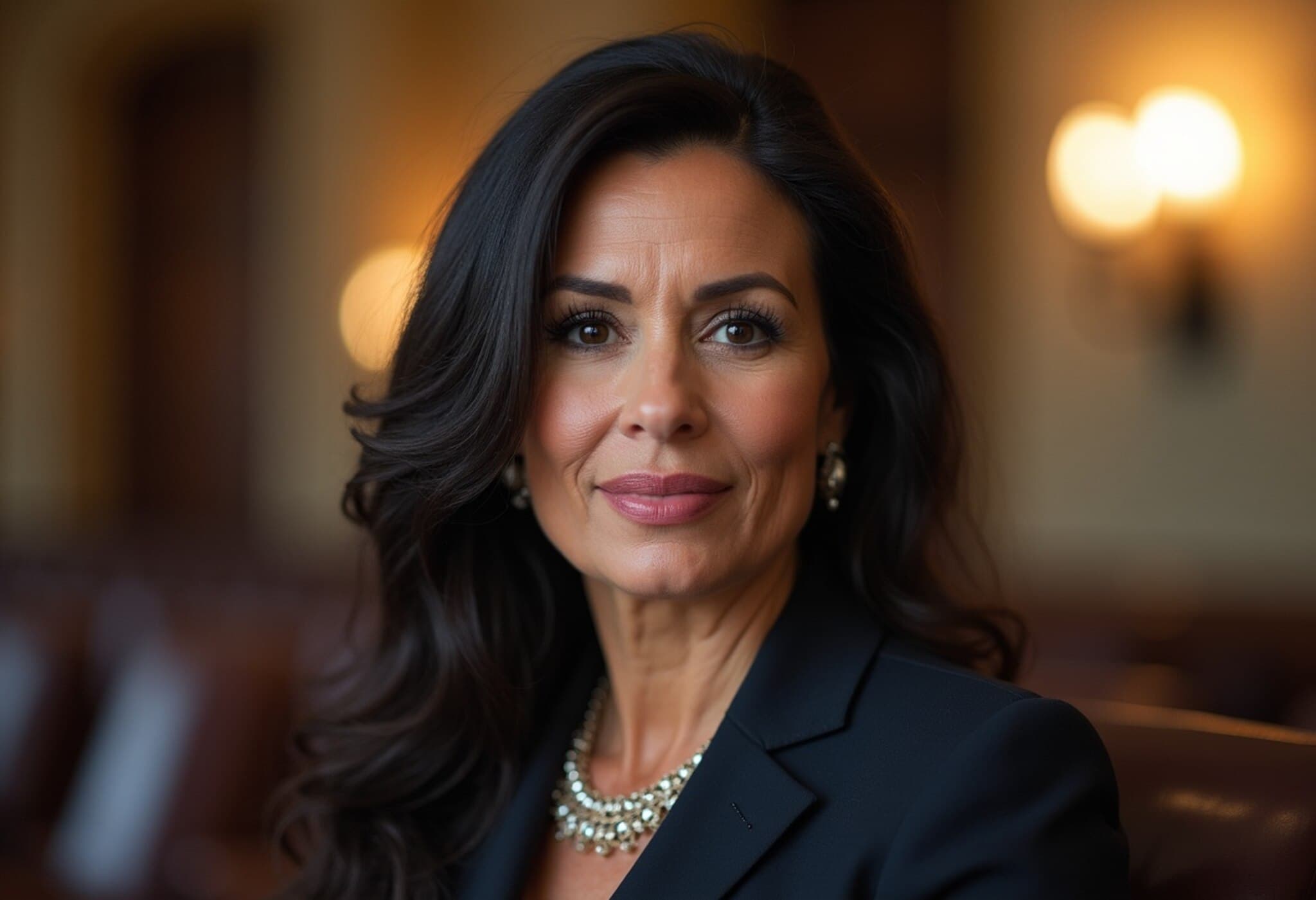Cambodia and Thailand Meet in Malaysia to Strengthen Ceasefire Amid Border Tensions
On August 4, 2025, Cambodian and Thai officials convened in Malaysia for critical talks aimed at reinforcing the ceasefire that halted a deadly conflict along their shared border. The meeting marks the first in a series of negotiations since violence erupted, displacing over 260,000 people and resulting in significant casualties on both sides.
Context of the Four-Day Border Talks
Originally slated to be hosted by Cambodia, the General Border Committee talks were relocated to Malaysia—a neutral ground and the current chair of the Association of Southeast Asian Nations (ASEAN)—reflecting efforts to foster impartiality and trust. Over four days, delegates from Cambodia and Thailand will focus on firming up mechanisms for ceasefire monitoring and prisoner of war (POW) issues, while deliberately sidestepping the contentious territorial disputes that have simmered for decades.
Background: A Long-Standing Border Dispute
The discord between Cambodia and Thailand is deeply rooted. Since the 1962 International Court of Justice (ICJ) ruling awarding Cambodia sovereignty over the Preah Vihear temple, tensions have regularly escalated. The ICJ reaffirmed this ruling in 2013, only intensifying Thai grievances. The recent flare-up began with the death of a Cambodian soldier in May 2025, rapidly escalating through cross-border skirmishes, diplomatic spats, and economic sanctions exchanged between the two countries.
US Influence and Economic Pressure
A notable factor in the ceasefire arrangement was the economic leverage applied by the United States. Under President Donald Trump’s directive, the US threatened to withhold trade agreements if the conflict persisted. This high-stakes pressure contributed to a July 28 truce. In a conciliatory move, on August 1, Washington slashed import duties on goods from both nations from 36% to 19%, signaling support for peaceful resolution and regional stability.
Ceasefire Monitoring and Continued Tensions
Malaysian Chief of Defense Forces Gen. Mohamad Nizam Jaffar highlighted the key agenda: establishing a robust ASEAN monitoring mechanism to oversee ceasefire adherence. Despite ongoing reports of minor incidents post-truce, he emphasized both parties’ commitment to peace during the talks.
The high-profile Thursday session will be led by Thailand’s Deputy Defense Minister Gen. Natthaphon Nakpanit and Cambodian Defense Minister Tea Seih, who also serves as Deputy Prime Minister. The meeting includes observers from Malaysia, the US, and China, underlying the international community’s vested interest.
Propaganda War and POW Disputes
The conflict has extended beyond the battlefield, evolving into a propaganda war marked by mutual accusations of war crimes, civilian targeting, and use of prohibited weapons. Cambodia has accused Thailand of torturing captured soldiers, a claim Thailand denies, asserting that the detainees are treated as legitimate POWs to be repatriated post-conflict.
Thailand has invited the International Committee of the Red Cross and the UN Office of the High Commissioner for Human Rights to inspect detained soldiers, a move welcomed by Cambodia but not yet responded to by either organization.
Royal Decree Empowers Hun Sen Amid Rising National Security Concerns
In Phnom Penh, King Norodom Sihamoni issued a Royal Decree authorizing former Prime Minister Hun Sen to collaborate with his son, current Prime Minister Hun Manet, in overseeing national defense. The decree cited ongoing threats to Cambodia’s territorial integrity amid Thai military actions. This rare royal intervention underscores the gravity of the conflict.
Hun Sen, a veteran military figure known for his fiery rhetoric and social media presence, emphasized his role as a five-star general defending Cambodia’s sovereignty. Observers view the decree as a strategic move to consolidate leadership amid external pressures and internal stability concerns.
Expert Analysis: Regional and Global Implications
This standoff highlights the fragility of peace in Southeast Asia where historical grievances and nationalism often intertwine. The ASEAN’s role as mediator points to the region’s increasing reliance on intra-regional mechanisms to quell conflict without external military intervention.
Economically, prolonged conflict threatens supply chains and foreign investment in this dynamic region. The US economic diplomacy underscores how trade incentives and pressures can be effective tools to enforce peace, a strategy that could serve as a model for resolving other long-standing conflicts worldwide.
Unanswered Questions and Outlook
- Will ASEAN’s monitoring efforts effectively prevent renewed violence along the border?
- How will ongoing mistrust and propaganda warfare impact long-term reconciliation?
- Could the empowerment of Hun Sen signal a shift toward more centralized military control in Cambodia?
- What role might China and other global powers play as observers witnessing these talks?
Editor’s Note:
The border frictions between Cambodia and Thailand are not merely a bilateral dispute; they ripple across geopolitical and economic landscapes, affecting regional security and international trade. As peace talks proceed, it is crucial to monitor whether diplomatic negotiations translate into tangible stability on the ground, and how broader economic and political influences shape the post-conflict recovery. Readers are encouraged to consider the multilayered stakes and stay informed about developments that may redefine Southeast Asia’s geopolitical map.

